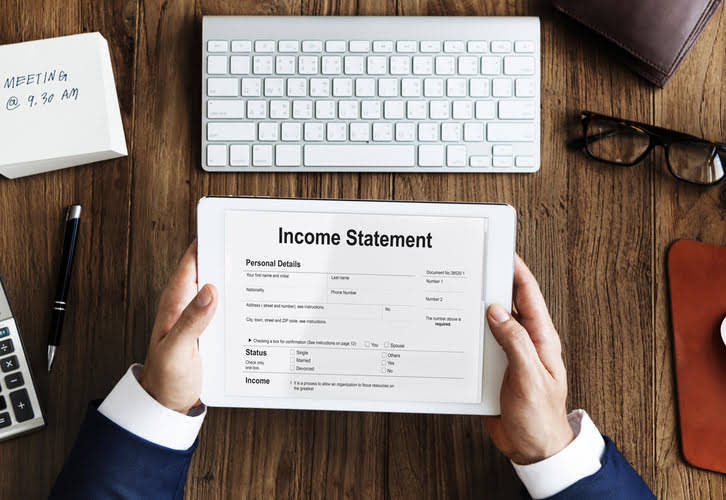Cash Flow Business Definition Chron com
Content

A cash flow statement is an important tool to manage a company’s finances by tracking the organization’s cash flow. This financial document is designed to help provide a detailed analysis of what happens to a company’s cash during a specific period, making it useful for short-term planning. A funding gap is the money required to fund a company’s current operations and future developments that are not financed with equity, debt or cash. Instead, these gaps are usually funded by loans, investments from venture capital, debt offerings or equity sales.
What Is Free Cash Flow and Why Is It Important?
Free cash flow is the cash left over after a company pays for its operating expenses and CapEx. It is the money that remains after paying for items like payroll, rent, and taxes. Companies are free to use FCF as they please.
Knowing how to calculate FCF and analyze it helps a company with its cash management and will provide investors with insight into a company’s financials, helping them make better investment decisions.
FCF is an important measurement since it shows how efficient a company is at generating cash.
The best way to keep track of cash flow in your business is to run a cash flow report. This report shows the cash you received and the cash paid out to show your business’s cash position at the end of every month. At times, you may need to keep track of cash flow on a weekly, or even daily, basis.
Cash flow from investing
Over the short term, always give preference to cash flow information, since a business with positive cash flows can survive even when it is reporting losses. Over the long term, profit information is more important, since it indicates whether the business model being used can reliably generate profits. When cash flows are stable and increasing in size, it is easier for a business to invest excess cash in longer-term investments that deliver a higher yield. Management can also pour money back into the business, as long as the resulting returns are greater than the firm’s cost of capital. A further advantage of stable cash flows is having the ability to build a cash reserve, which it can draw upon during periods of financial hardship.
How is cash flow calculated?
The formula used for computing the net money flow of a company is as follows: Net Money-Flow = Total Cash Inflows – Total Cash Outflows, or,Net Money-Flow = CFO + CFI + CFF.
Most analysts agree that more emphasis should be put on this figure than earnings per share. Cash And Cash EquivalentsCash and Cash Equivalents are assets that are short-term and highly liquid investments that can be readily converted into cash and have a low risk of price fluctuation. Cash and paper money, US Treasury bills, undeposited receipts, and Money Market funds are its examples. They are normally found as a line item on the top of the balance sheet asset. Inflows are generated by selling goods or rendering services, including the collection of sundry debtors. Operating ActivitiesOperating activities generate the majority of the company’s cash flows since they are directly linked to the company’s core business activities such as sales, distribution, and production.
Cash flow per share
You should note that if the number derived from the equation was negative, it means that you had negative cash flow. In other words, more money was spent on capital expenditures than was generated by operations.
The actuarial value of a future cash flow is just the net present value, corrected for survival. BondsBonds refer to the debt instruments issued by governments or corporations to acquire investors’ funds for a certain period. Such what is cash flow exchanges exclude securities held for dealing and trading activities. Government BondsA government bond is an investment vehicle that allows investors to lend money to the government in return for a steady interest income.
Profit vs. Cash-Flow
For example, if you are worried about paying suppliers or purchasing new equipment, you might borrow money in order to meet expenses. But if the debt that comes with paying that loan back raises your costs above the breakeven point, you are no longer making a profit. Think of cash flow as a picture of your business checking account over time. If more money is coming in than is going out, you are in a “positive cash flow” situation and you have enough to pay your bills. If more cash is going out than is coming in, you are in danger of being overdrawn, and you will need to find money to cover your overdrafts. The math behind a free cash flow analysis can be complex, particularly for large companies or those with complex finances. However, bookkeeping or accounting software, sometimes part of a larger ERP, take care of much of the heavy lifting for you.


